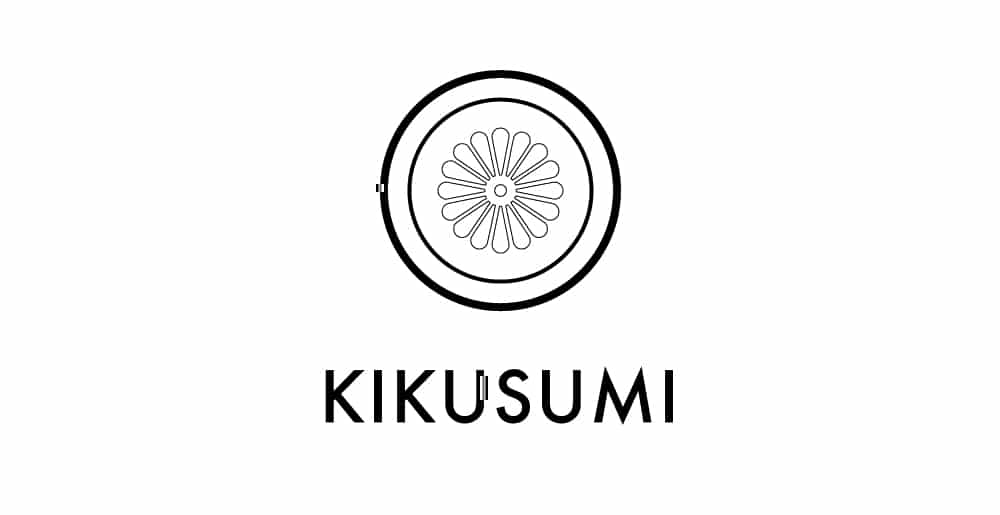
CERAMIC KNIFE CUTTING GUIDE
At Kikusumi we want our customers to cook better and to do that we try to design products that improve on what came before. Cooking is not only about the tools used but also how they are used. Learning good technique is important to get the most out of cooking tools like knives. For that reason we have invested our efforts into preparing a knife cutting guide.
CERAMIC vs STEEL
It is important to note the differences between steel and ceramic knives. They are different materials and are made in different ways and yet both can be used to cut effectively. Ceramic knives have more in common with the hardest of forged steel knives such as those crafted in Japan with blue or white steel. The primary benefit of ceramic over steel is they are light weight, non-reactive and easy to maintain. It is important to understand that because ceramic is much harder it therefore has a low tolerance for impact (not for hard chopping) and should never be flexed.
Hardness in steel is measured by either the Rockwell scale or Mohs Scale. Typical VG10 steel knives are around 58-60 HRC with high-end steel measuring above 61-68 (= 5-6 Mohs). Ceramic is significantly harder and with a hardness of 8.2 mohs (diamond is 10 mohs) which means better sharpness retaining characteristics. The extra hardness is great for keep sharp longer but means they should never be used for hard chopping, flexing or cutting hard food like bones. Household knives such as flexible boning knives are made with softer steel such as VG10 and sharpened at wider angles. Softer material knives lose their sharp edges quickly which means more frequent sharpening. The advantages of hard material knives make them an ideal choice for the home kitchen but along with it comes the need to learn to use them how they were intended. Following are some cutting guide tips and actions to avoid when cutting with hard material knives like ceramic.
Any knife that is dropped risks damage or breakage. The more brittle the knife, the more likely it will chip or break when used improperly. Dropping a knife is to be avoided at all costs. Keep in mind that ceramic knives are designed for vertical strength and are never intended to be impacted from the side or flexed. When used correctly ceramic knives will not chip or break and should last for years. The key is to use them strictly for slicing and take advantage of the entire length of the blade.
BEST CUTTING TECHNIQUES
We have created a cutting guide that illustrates the proper cutting technique for hard and soft foods when using ceramic knives. Using these Japanese slicing techniques rather than simply pushing the blade down through food utilizes more of the blade for easier cutting, longer blade sharpness and results in less pressure on the handle-blade joint. This is the way a Japanese chef would cut – using the strengths of the blade to the maximum. Never feel you need to use “heft” to cut properly as a good knife combined with good technique is always superior to brute force.


RELATED ARTICLES:
